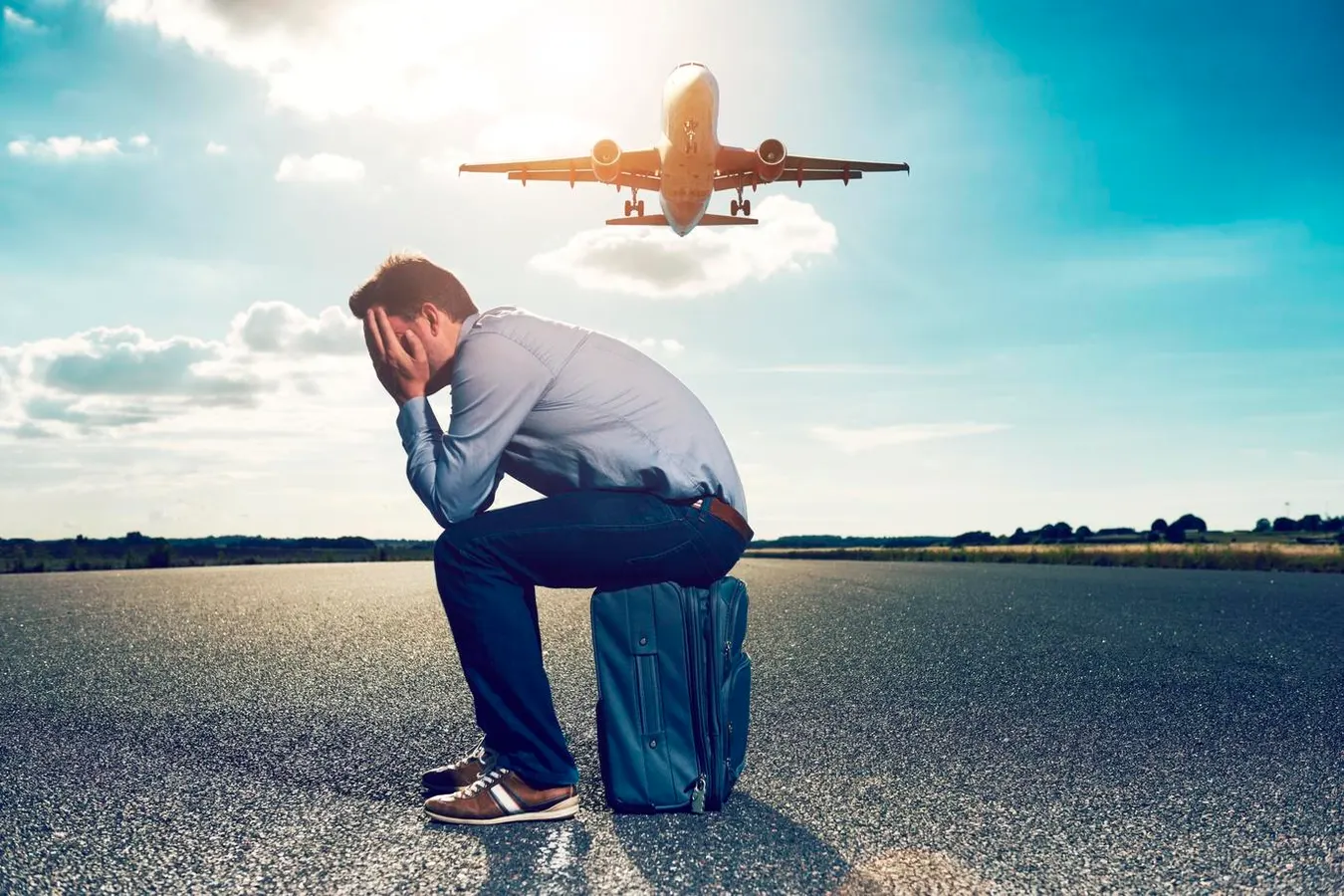By Contributor,Judy Koutsky
Copyright forbes

Fear of flying, also known as aerophobia, is pretty common. “About 13% of the population has an extreme fear of flying, and about 3.5% of people fear flying to the point of having a full-blown specific phobia,” says Dr. Regina Lazarovich, PhD, Clinical Psychologist and Founder of Compass CBT. “To conquer a fear of flying, it’s helpful to practice cognitive behavioral therapy (CBT) skills.”
She notes that it’s important to keep in mind that avoiding engaging in a feared activity only increases anxiety over time. Instead to overcome a flying phobia, you can start by changing distorted beliefs about the dangerousness of flying. “I recommend seeking out helpful corrective information, such as that the chances of dying in an airline accident are very small (around 1 in 10 million). I also recommend practicing facing situations that bring up some anxiety, such as videos of flights and visiting the airport,” says Dr. Lazarovich. “As you repeatedly and systematically face these situations, your anxiety will reduce over time, and you will learn that you can feel the fear and fly anyway.”
Addressing Social Anxiety When Traveling
People with social anxiety worry that they will be negatively judged by others. “It can be helpful to work on challenging unhelpful thinking patterns by identifying cognitive distortions,” says Dr. Lazarovich. “An example of a common thinking error is mind reading or believing others think negatively about you.”
She recommends that people with social anxiety practice gradually putting themselves into social situations and setting concrete behavioral goals to measure the success of the interaction. For example, setting a goal to say hi to the barista at the coffee shop and counting that as a success regardless of the response they get. Over time, practicing facing scary social situations will translate into more confidence.
Practicing a Positive Mindset
“Most of us are not naturally wired to have a positive mindset, but it is like a muscle you can work out and make stronger,” says Helene Zupanc, a Licensed Professional Counselor based in Arizona and the co-author of Sticky Note Mantras: The Art & Science of Choosing Your Thoughts. “When we repeatedly practice failing forward or viewing the world with gratitude and positivity, we reinforce those neural pathways in our brain, making them stronger and easier to access. Just like when you practice an instrument or a sport, the more you do it, the easier it gets.”
Our thoughts create our universe, and if we set out to intentionally create and bolster a positive mindset, then that can become the lens through which we interrupt our world. Looking at anxiety, setbacks, failures, and stressful times from the perspective of, “What is this teaching me?” or “What can I learn from this?” allows us the space needed to keep growing and learning.
Fear of the Unknown
“Anxiety regarding travel highlights the epitome of anxiety itself: the fear of the unknown,” says Zupanc She notes that it can manifest as physical symptoms like a rapid heart rate or sweating, or as a general feeling of unease. It clouds experiences in the present by focusing on the future or past experiences. “A few things that can help with this is planning well, but at the same time adopting psychological flexibility that things don’t always go as planned,” says Zupanc. She notes that great mantra relating to this is “plan but don’t plan on it”.
Distraction and mindfulness are also great tools, some good options include coloring on an app, reading about the places you are traveling to, listening to music, and playing games that engage the mind. Practicing self-care while traveling decreases overall anxiety—this includes getting good sleep, eating good foods, getting daily exercise, and meditating.
Zupanc also notes that staying connected with your support network while traveling is an effective way to destress. “Maintaining connections encourages talking through issues that are anxiety producing and puts them in perspective. If the technology to stay in touch is not available, journaling your thoughts and challenging anxiety thoughts is an effective way to make a conscious choice to work through your feelings and thoughts. Finally, calming strategies such as deep breathing and meditation help increase the positive chemicals in your brain, especially if they are done on a daily basis and not just when anxiety is at its worst.”
Letting Go Of What You Can’t Control
General anxiety and worry can be helped by thinking of the things you can control and cannot control. Zupanc suggests drawing a circle and inside it writing the things that are in your control, and outside write the things that are out of your control. “This visual is extremely useful in getting your brain to let go of the items outside of your circle,” says Zupanc. “We have a negative bias as humans and are constantly thinking about what could go wrong. Neuroscience tells us that if we think of at least three things that went well each day, we can create new neural pathways steering our brain to more positive thoughts.”
Editorial StandardsReprints & Permissions



